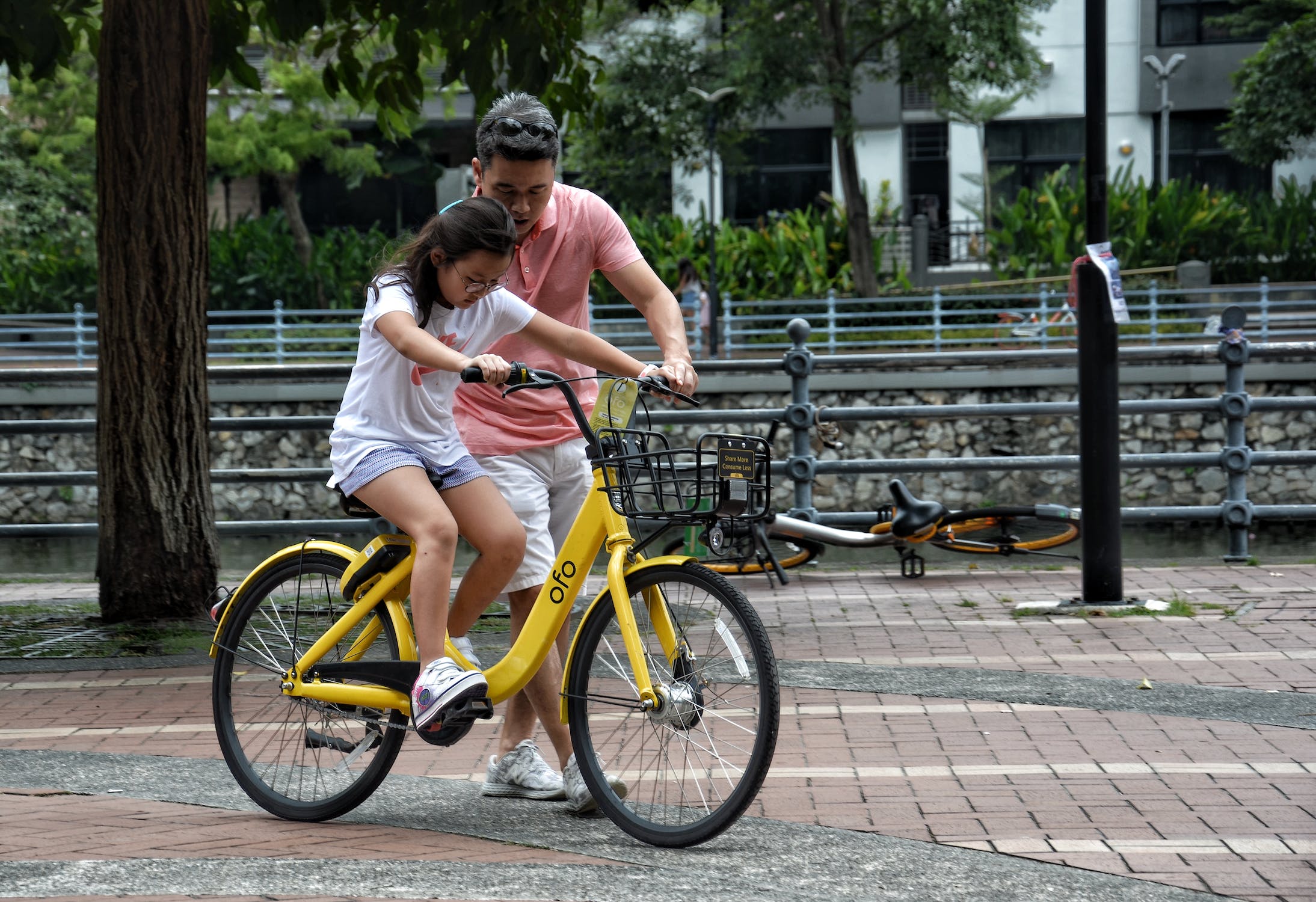One thing to always keep in mind when organizing a party is the RIDING ADVENTURE! It should be at the centre of every decision you make. Attract media, gain exposure, etc. That’s fine, but you need to make sure attendees are the focus. Create a great experience (safety, logistics, creativeness, etc.) and make sure they keep coming back year after year and bring more friends.
The following are the steps on how to organize a successful fundraiser ride.
1. Proper planning.

Set up a committee involving staff, instructors, riders, family and friends, or anyone who feels the same way as you do about it, to tell them about your plan.
Decide on the capacity. Is it small or large? If your bikes are not up to 20, can you meet with another club in your neighbourhood to perhaps donate bikes? Or, can you run an extended event and do it in shifts? These and many more are what the committee should decide on. This guarantees that everyone is on the same page and knows what to expect.
Also, it is a good practice to notify all local law enforcement and emergency services of the event even if they are not attending. Always be prepared for the unexpected. You have to stay calm and find solutions to problems quickly. ZERO PANIC! Check everything before the event commences. You should check all vendors and service providers to make sure you are all on the same page.
2. Safeness.
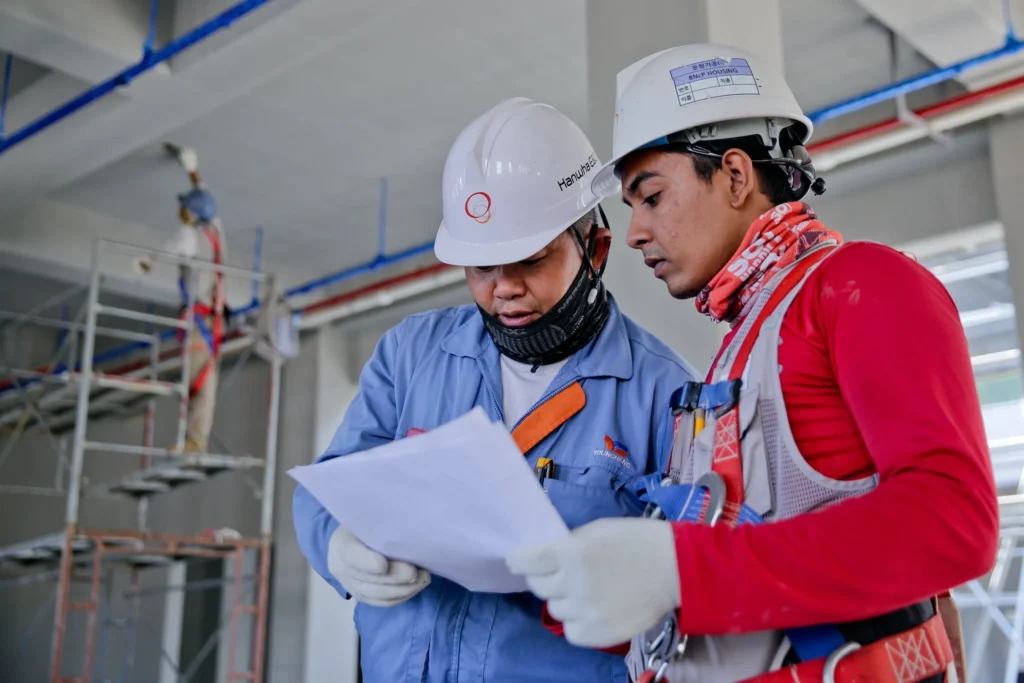
Safety is compulsory and must be a priority. It’s also a big part of your budget if you don’t have a local police force or city sponsor. When roads are open to traffic, cyclists must be escorted to the front and rear of the pack by vehicles with flashing lights. It helps to have traffic cops at all intersections. Communication is essential. Inform passengers of what is allowed, including lanes, number of passengers alongside, and traffic rules to follow.
3. Sponsors/philanthropists.

You can reach out to neighborhood community groups, places of worship or a club related to your cultural heritage for donations. Local enterprises are also a great place to seek support. Start with companies you know either through your family’s employment or on your own. And since this is a bike ride fundraiser, don’t forget to hit up the provincial bike shops, health centres, health food stores, and some other companies that stay on the subject matter. Every little bit goes a long way, so be appreciative even if they can only spare a little sum. sponsors are essential for the event. They’re one of the reasons you can raise money for a cause of your choosing, so treat them with care! Please ensure the company names are prominently displayed on the shirt and all other marketing materials upon arrival/arrival. Also, you can Try using different types of sponsors; the money, the food, the service, they all have something different going for them so make the most of it.
4. Volunteers.
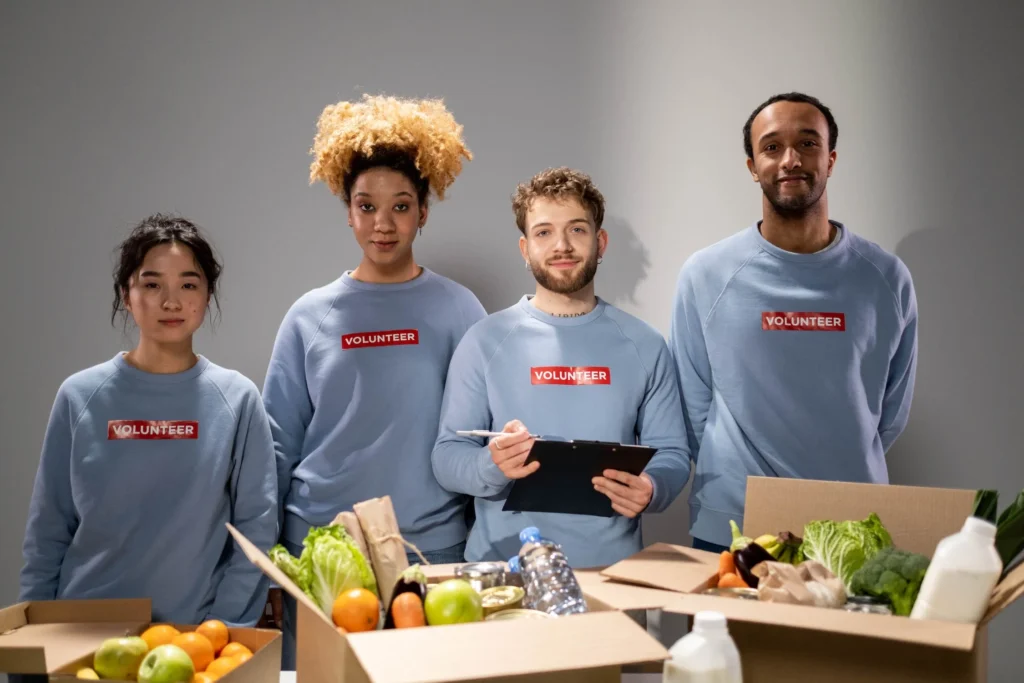
Volunteers are needed to organize the event together. Recruit early and make sure you have enough people to complete all the important jobs. Take good care of your volunteers as they are not easy to find. Make sure they feel valued.Volunteers should be distinguished by party shirts or branded clothing. Cyclists need to be able to quickly identify who they can rely on. Summary – Make sure you meet with all the organizers and the different parties involved to find out what worked and what didn’t work at your next event.
5. Promotion.

participants want to hear from you! Make sure you use different channels to reach everyone, as not everyone will respond to one type of ad. Create a semi-annual media plan and intensify communication in the run-up to the event.The event should be communicated as often as possible via social media. Be sure to set up your event as a Facebook event so it can be shared.
6. Audience.
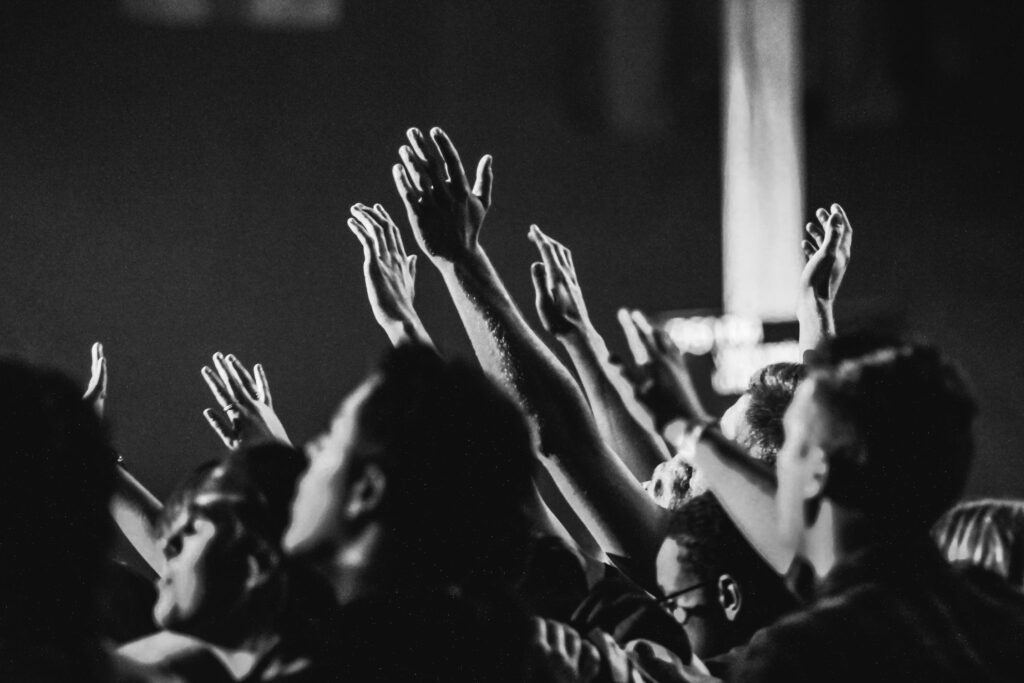
Who are the participants? Make sure you know your audience well and that the program and activities are targeted to the audience. Ask for feedback after the event. Also, try to collect as much data as possible from the participants.
7. Logistics.
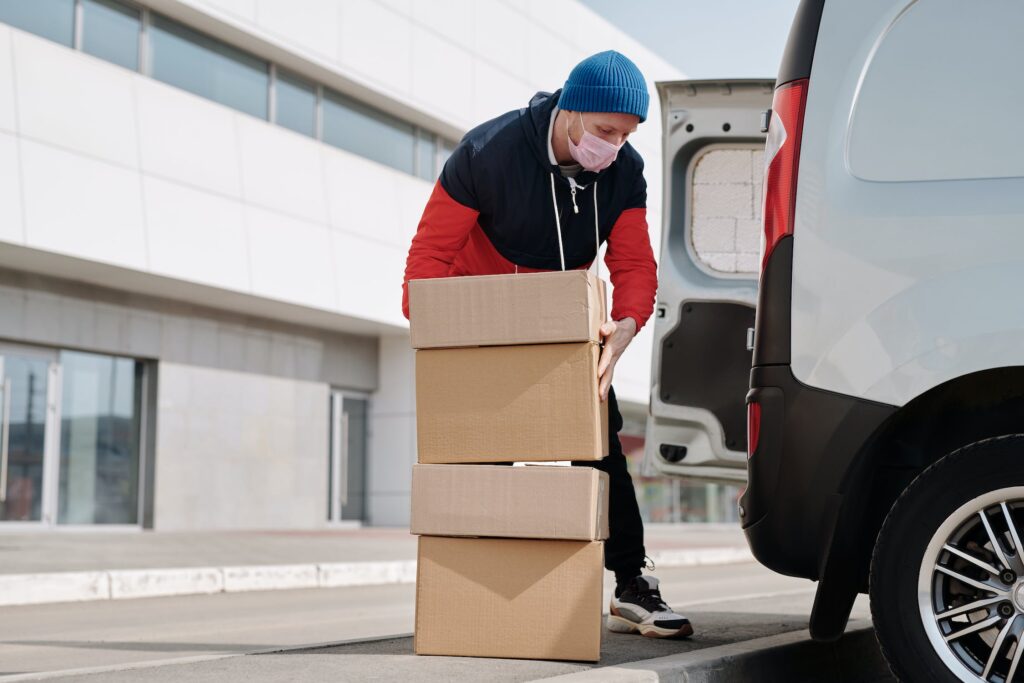
From transport to catering, parking, and everything.
The experience of your runners is fundamental to the sustainability of the event. The logistics should be communicated to the participants on an ongoing basis. Don’t assume that a message will be read by everyone.
8. Availability to all.
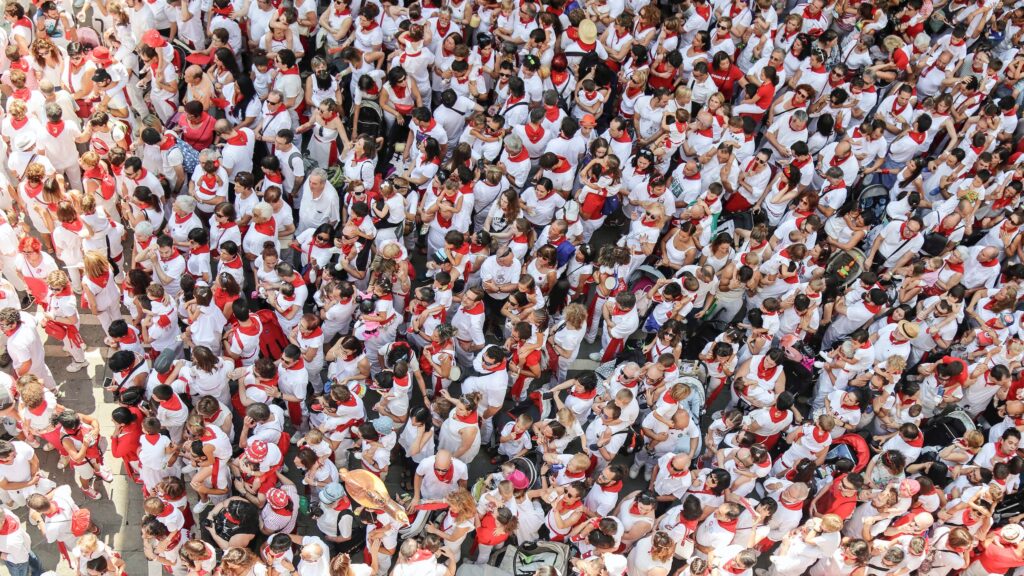
This is not a race! Some attend with the goal of finishing first, and that’s fine, but most attendees do it for fun, to have a great experience, to enjoy the benefits of cycling, and in some cases simply aspire to cross the finish line. Your communication should be comprehensive and clear, open to all, and not competitive. Don’t scare beginners.
Conclusion:
Now that we’ve let you know how you can organize a successful fundraiser ride, strap on your helmet, get hydrated, and start cycling! Happy riding!

